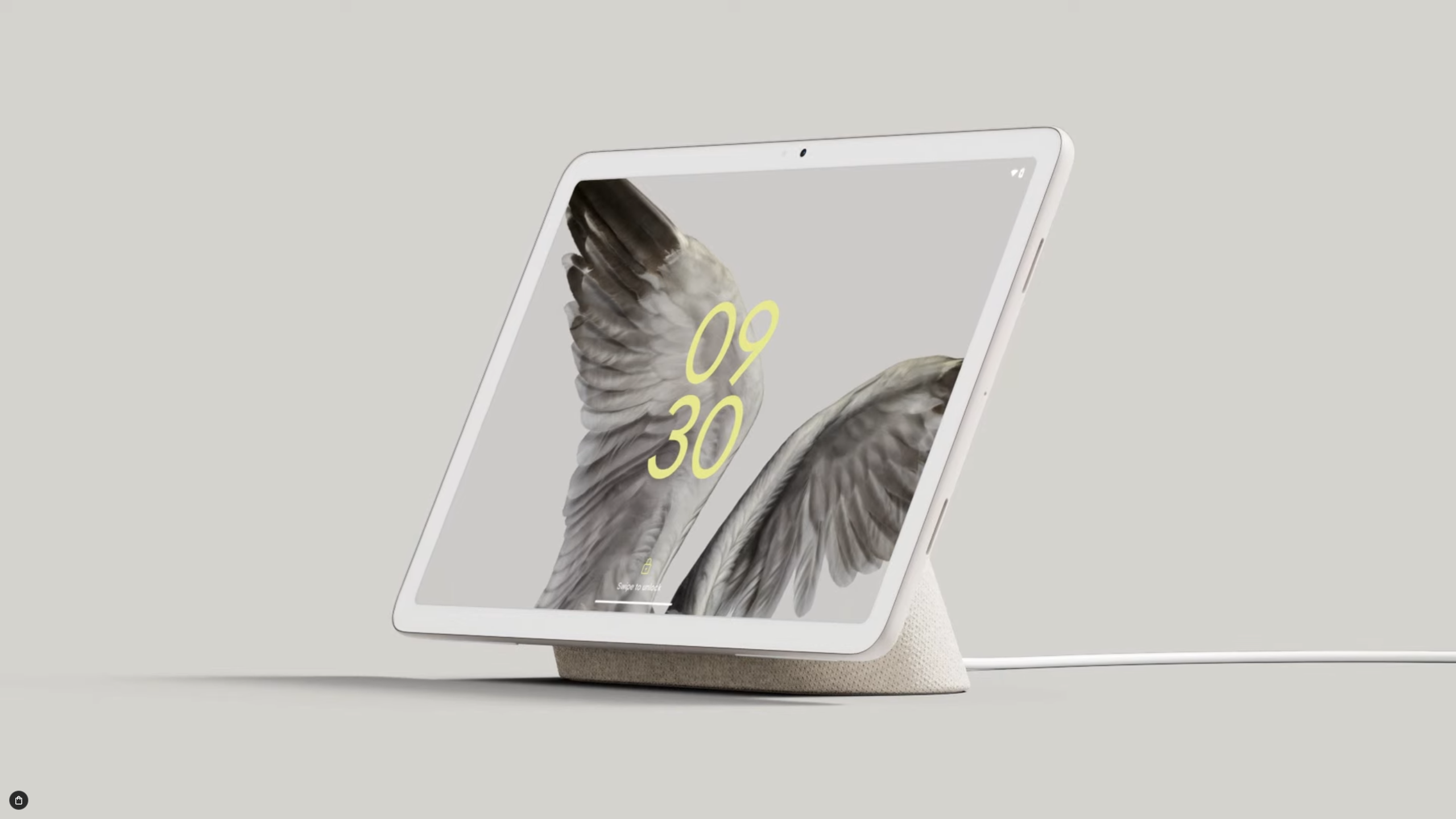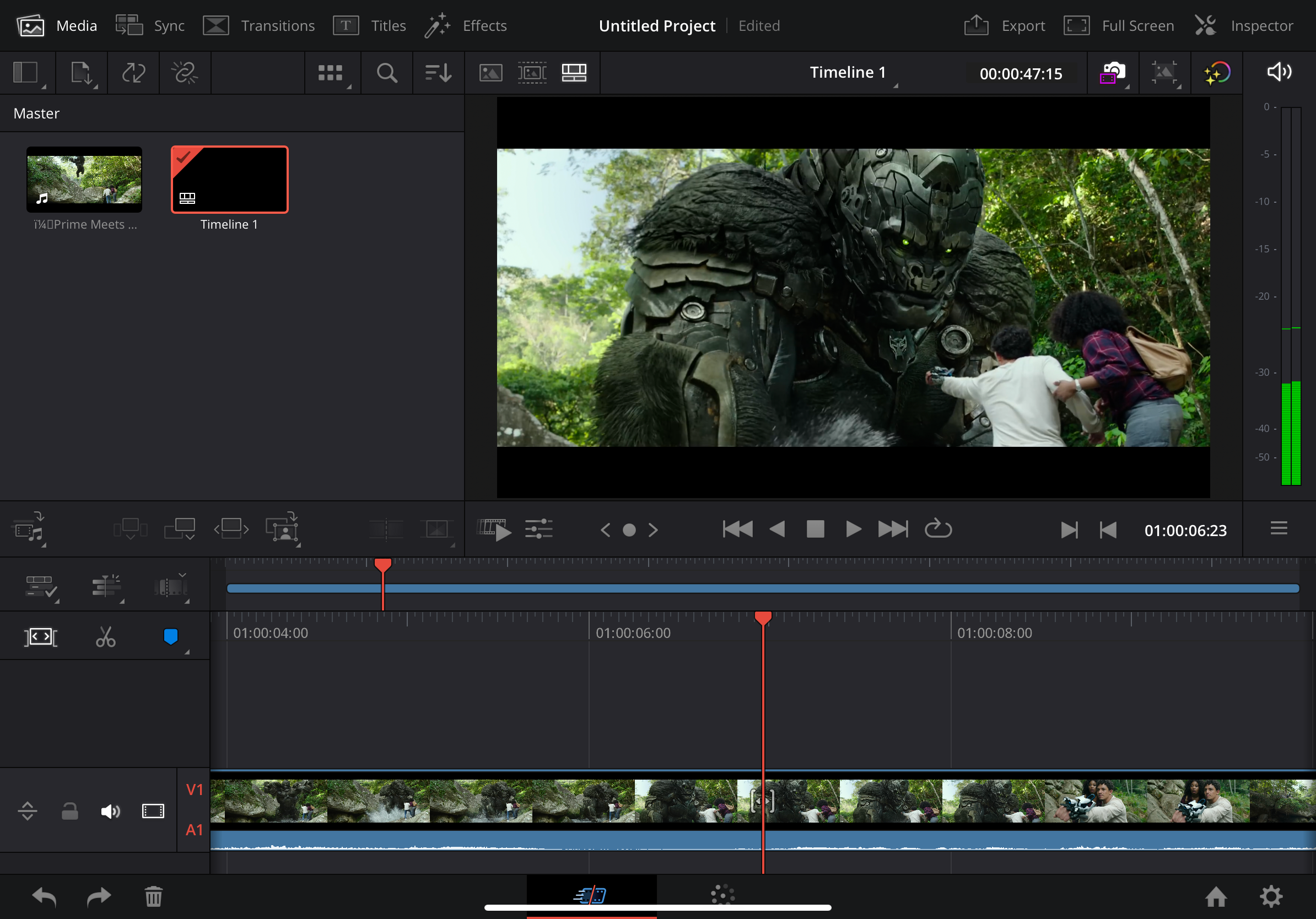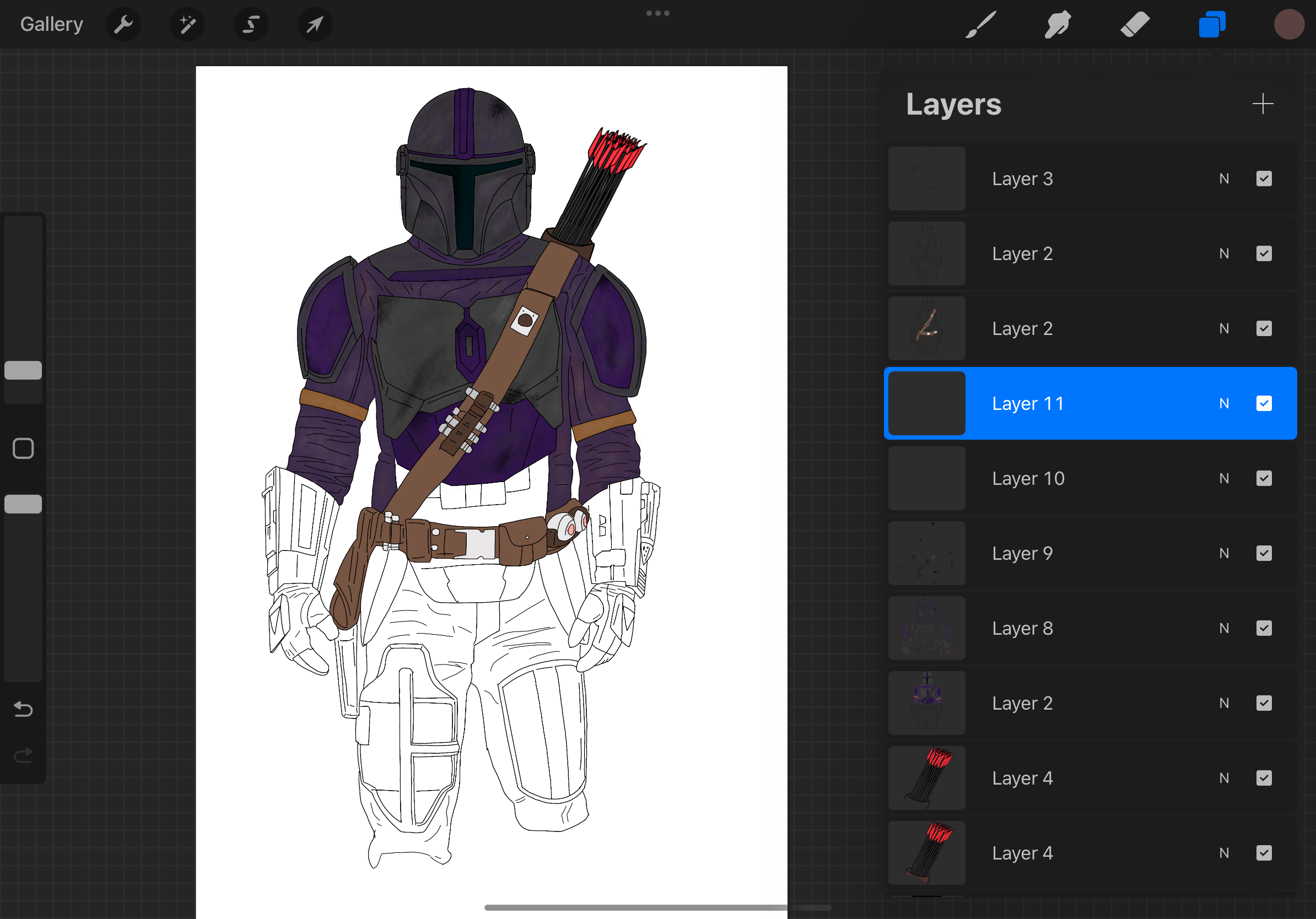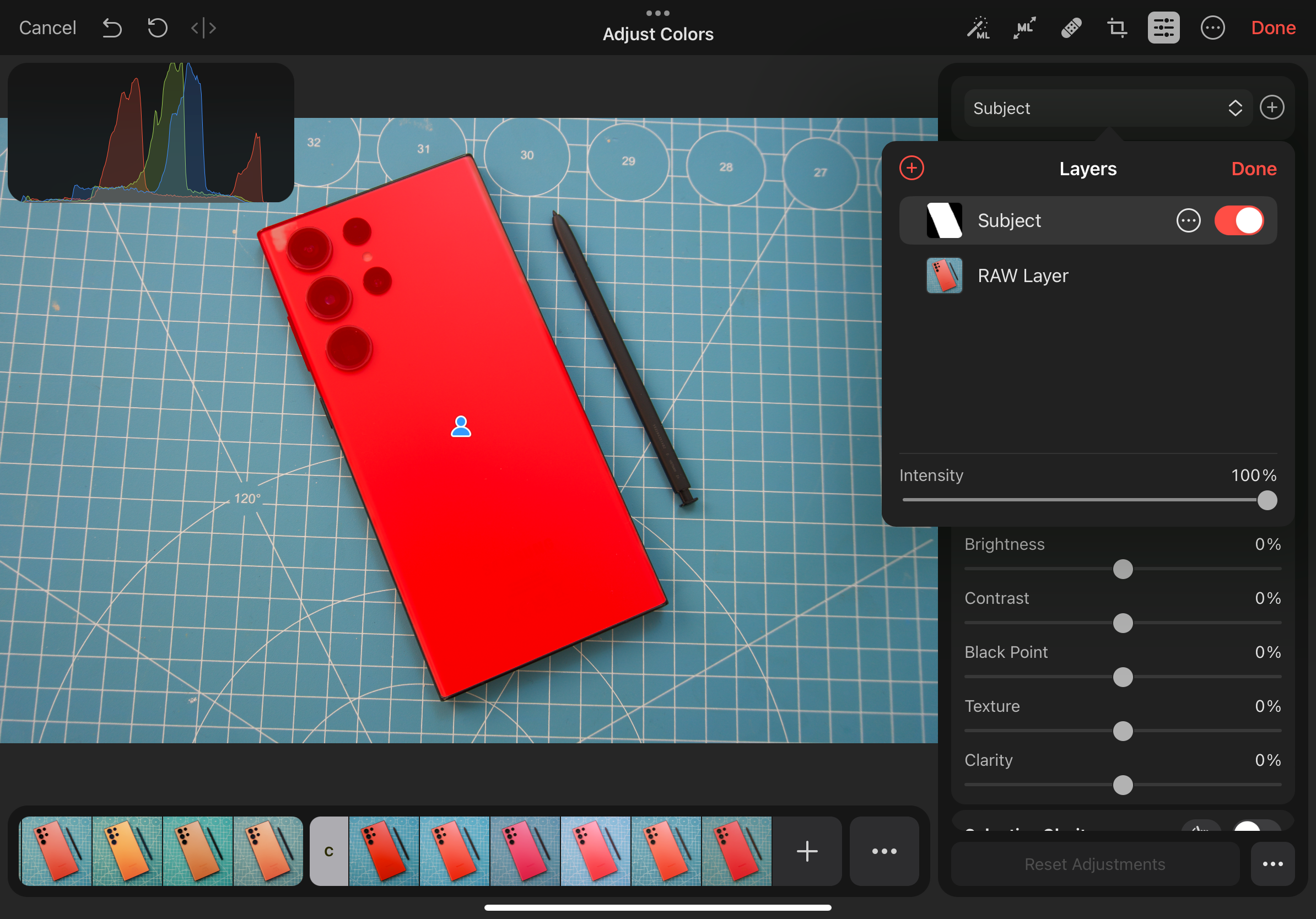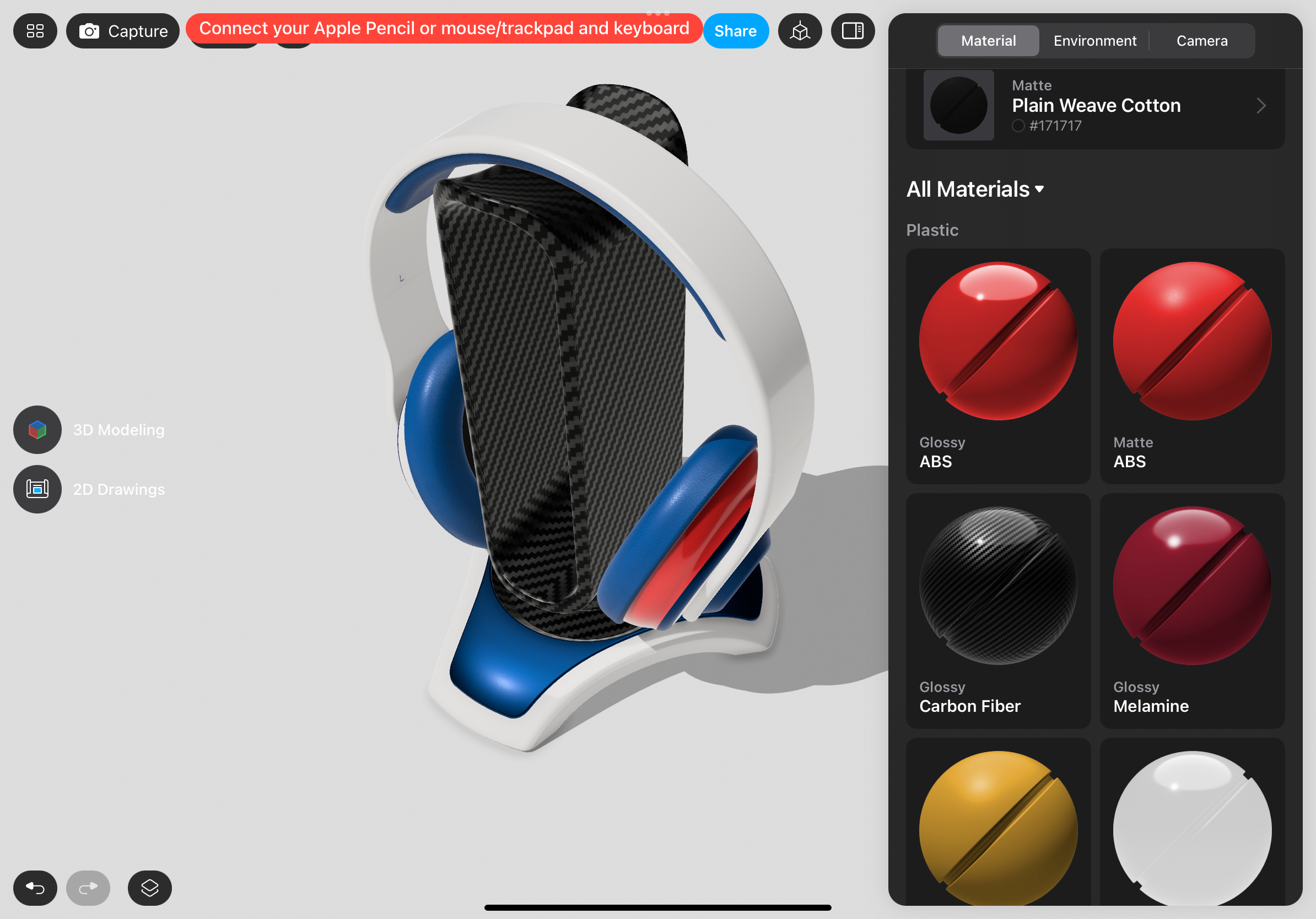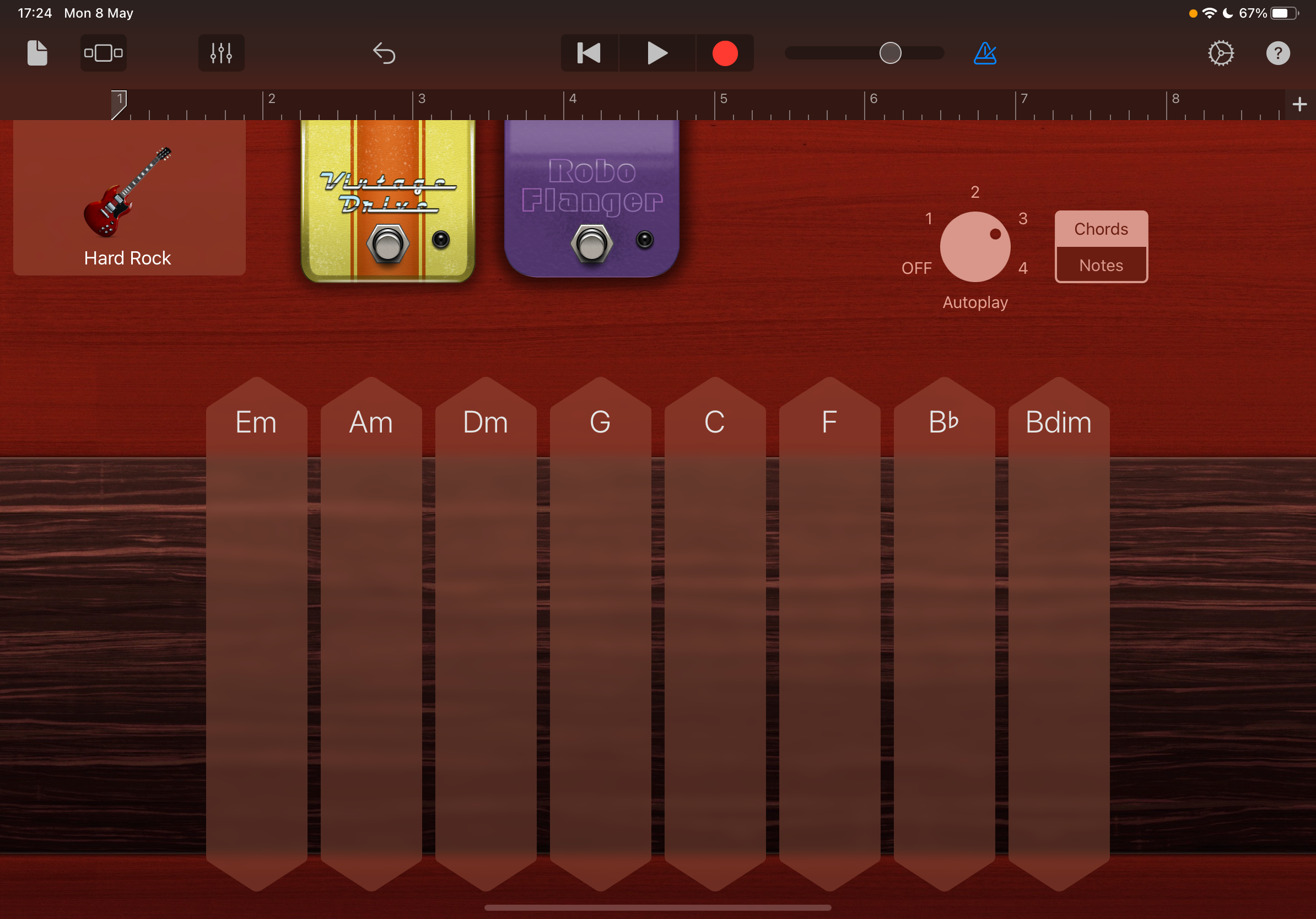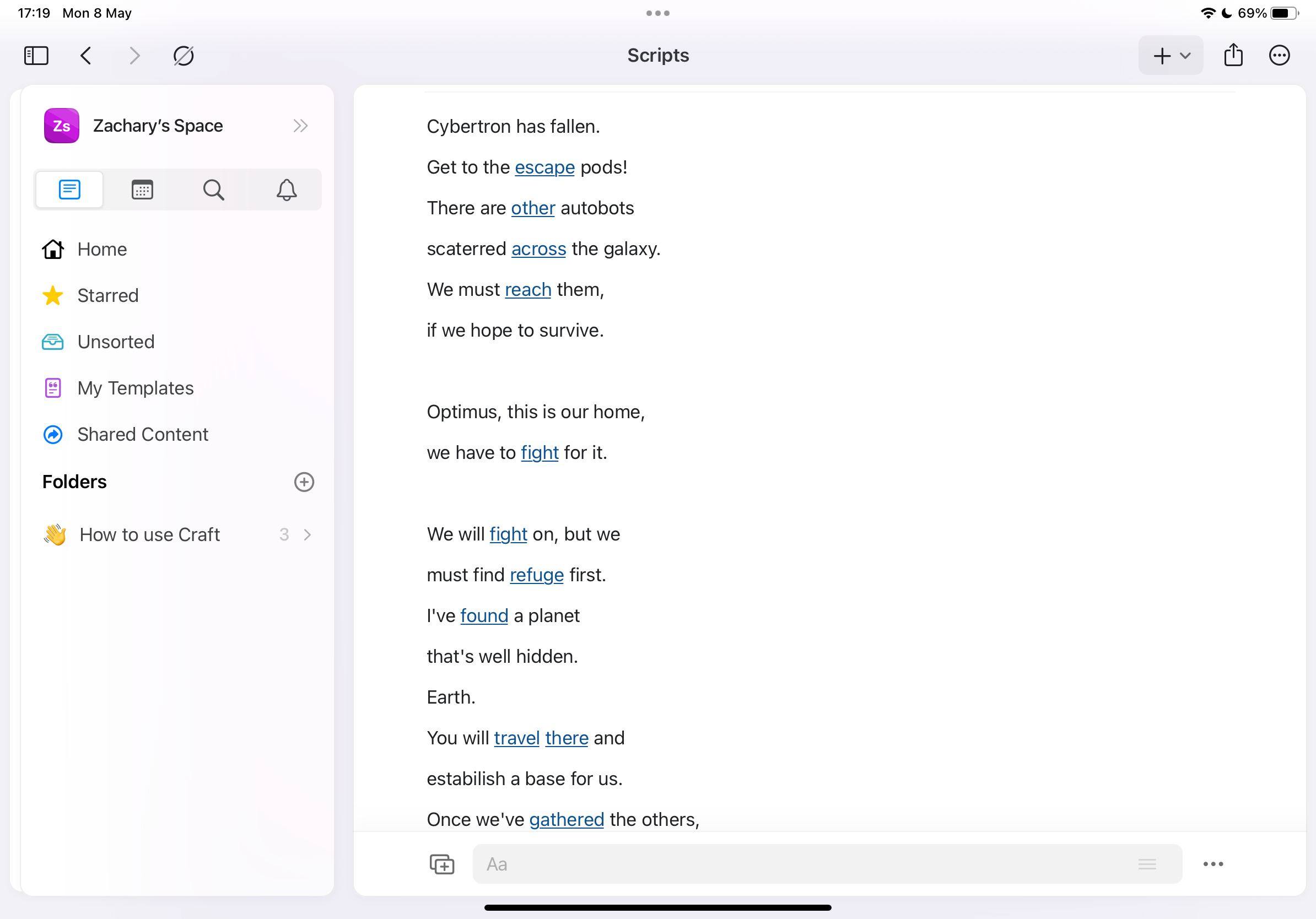Android tablets: there was a time about ten years ago when their future looked bright. The 2013 Nexus 7 was a vast improvement over the original, Samsung released an 8-inch version of the Note tablet that used the newer Galaxy S4 design, and everything seemed to be moving in the right direction.
But that momentum didn't last. Now, in 2023, we find ourselves in the unfortunate situation where Samsung makes some of the only Android tablets worth buying, but they're either budget devices that struggle with performance, or the prohibitively expensive Tab S line.
Google announced last year that it would return to the market with the Pixel Tablet. With all of the big-screen development Android has received thanks to foldables, things in 2023 are starting to look as promising as they did a decade ago. But as we await the release of the Pixel Tablet, we need to talk about one of the many elephants in the room: iPads have better apps, and that needs to change. Sure, every platform is going to have exclusives now and then, but Apple's lineup of tablet software is just so polished, and so desirable, that you can't help but feel jealous. To illustrate how pronounced this gulf is, we're looking at six iPad titles that represent just the sort of apps Android tablets need to become relevant again.
DaVinci Resolve
DaVinci Resolve is one of the most popular video editing programs around. Instead of forcing you to use different programs for editing, color correction, and visual effects, DaVinci stands out by combining these functions — and more — into one place, streamlining the workflow considerably. In October 2022, this powerful piece of software came to the iPad, and it wasn't limited to the M1 models, either. All it needs is an A12 chip or newer, so even iPads as old as the 3rd-gen Air or 8th-gen iPad can run it, albeit slower than the more powerful Pro models.
Video editing apps exist on Android, of course, but none are of this caliber. That's a real shame, too, given the type of tablets we see in the Android ecosystem, like the Galaxy Tab S8 Ultra, or even foldables like the upcoming Pixel Fold — imagine having an app this capable on a screen you can fold up and carry in your pocket.
Procreate
Procreate has been around since 2011, and since then it's become the definitive drawing app for tablets — even though it's only available on the iPad. For a one-off fee of $13, you get everything the app has to offer now and what's coming in future updates — and those updates can be substantial.
In addition to having a plethora of drawing tools and a dedicated community that creates third-party brushes that are easily imported, Procreate even has basic 3D modeling support, letting you bring in CAD renders and draw on them in 3D. Not to overstate things, but Procreate transforms the Apple Pencil from a valuable tool into a true artist's brush.
There are some great drawing apps on Android, like Infinite Painter, but they either lack the features or the polish that Procreate has in spades. That's a real shame, given how popular Samsung's S Pen is, and with the Pixel Tablet rumored to include stylus support of its own
Photomator
Photomator (previously known as Pixelmator Photo) is my favorite photo editor, and I use it for all the shots I post here at AP. I was fortunate enough to buy a lifetime membership a few years ago for just $10, as the app moved to a subscription model in 2022 that ranges from $5 a month, to $55 for a lifetime membership.
Even with that big increase, the price is well worth it. This app is designed from the ground up to use the Apple Pencil, which makes everything easier, from using the heal tool to remove dust and the hide IMEI number on my S23 Ultra, to using the select tool in the event it can't auto-detect my subject.
What makes Photomator shine are its machine learning tools. This app has the best auto mode I've seen, and it can even use ML to crop the image and center your subject. The most recent update added the ability to automatically extract your subject, background, or the sky as separate layers without any manual cropping — and it works exceptionally well in my experience. Another recent addition is noise reduction, something I've grown to appreciate as someone who shoots so much in gray, gloomy UK lighting conditions.
Sure, you can use the Adobe suite on Android, but it feels limited compared to this, and these are your only real full-featured options — the lack of competition is sad to see.
Shapr 3D
Shapr 3D lets you create or import complex 3D models. It takes full advantage of iPad accessories, supporting the Apple Pencil, keyboards, mice, and more. There are a lot of CAD apps out there, both for Android and iPad OS, but this is by far the easiest to use. It's plain to see why it's so popular, as it works across iPad OS, Mac OS, and even Windows, so that you can continue your work from any device... except an Android tablet.
GarageBand
I know — GarageBand is an Apple app, so wishing it would come to Android is a pipe dream. But GarageBand is the most popular in an ocean of music-making apps on the iPad, like BeatMaker 3 or iSpark. There's a reason you see a lot of iPads on stage during rehearsals, setup, and even performances themselves: there are a lot of professional music applications available for them, and at the risk of sounding like a broken record, you can't say the same for Android tablets.
Craft
I'll admit I hadn't heard of Craft until I started researching this piece, and I'm so glad this app was suggested. Craft is a documents app, much like Evernote. What sets it apart is a unique interface that uses swipes and gestures to get things done. It makes having a touchscreen as big of an advantage as possible, so it's one of the few apps that feels really natural when editing text on a touchscreen. You can drag and drop text anywhere on the page, add photos or videos, and even connect hyperlinks to your other notes. For example, you could take a collection of training documents you've made for your team, and then create a primary document that serves as a hub, like a website home page that connects to everything else.
Craft offers live collaboration features, including assigning tasks to team members, and more. Throw in support for Windows and Mac OS, and you have a program I've grown to use every day since discovering it. I just wish I could include my Android devices in this workflow.
Wishful thinking
Except for Craft, which actually is working on an upcoming Android port, it's wishful thinking to hope any of these apps come to Android tablets — and I won't hold my breath. But they're still absolutely worth talking about, as they represent the battle Android tablets have to fight to gain relevance.
You can point a lot of fingers at who's to blame for the sorry state of Android tablets, but the buck really does stop with Google. Over the years, tt made plenty of promises of tablet-specific features, APIs, and apps, but failed to deliver them in meaningful ways. If the company responsible for the OS itself doesn't prioritize tablets, third-party developers won't either. Even apps that are available on Android tablets just aren't as good as their iPad counterparts.
If we ever want to see apps like these come to Android, whether any listed here, or some solid alternatives, Google needs to work hard — and follow through this time. Let's hope the Pixel Tablet is a physical sign of Google's commitment, because I don't want to rewrite this when Google makes a third attempt at conquering the tablet market in another ten years.
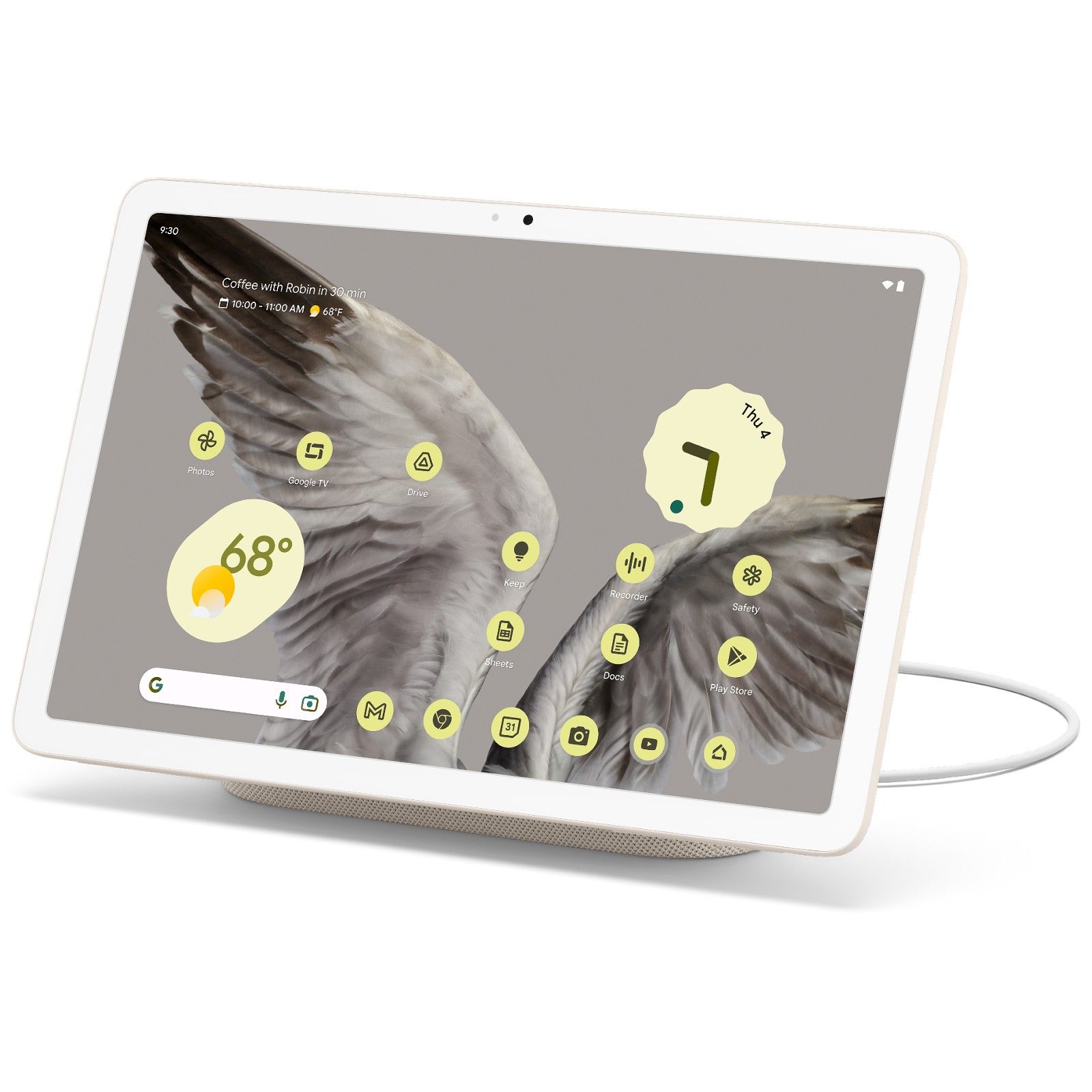
Google Pixel Tablet
Looking for a smart home hub that can double as a gaming tablet? Google's Pixel Tablet fits the bill. It flaunts a 10.9-inch IPS LCD screen, backed by the power of the Google Tensor G2 chipset and 8GB RAM for a snappy experience. Its camera setup includes an 8 MP rear and front camera, perfect for capturing those spontaneous moments or crystal-clear video calls.

